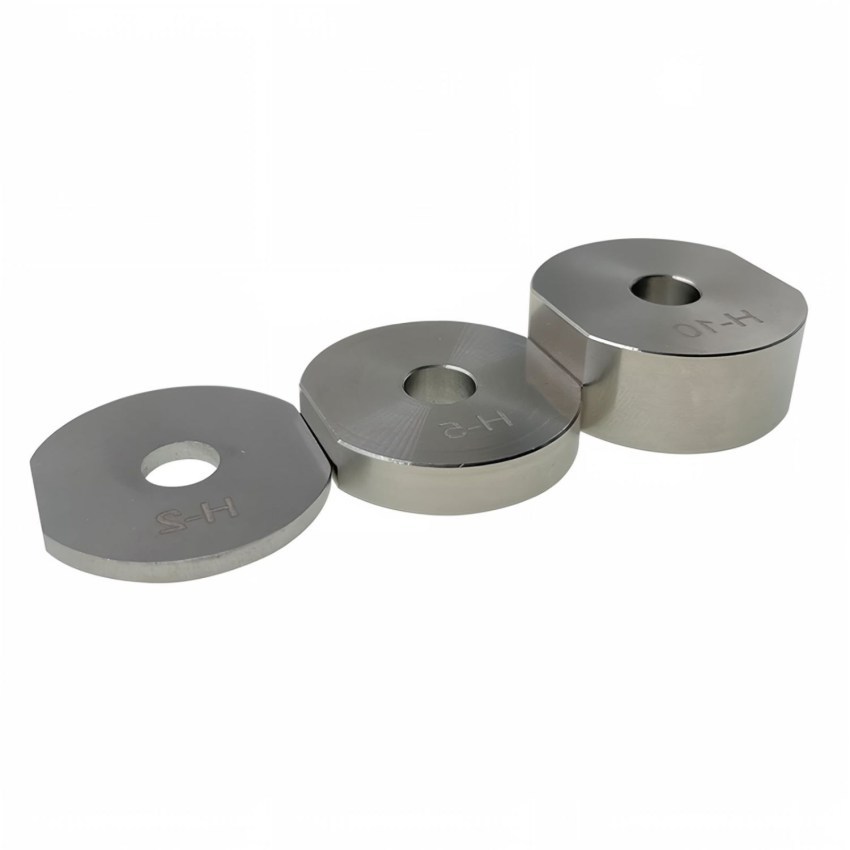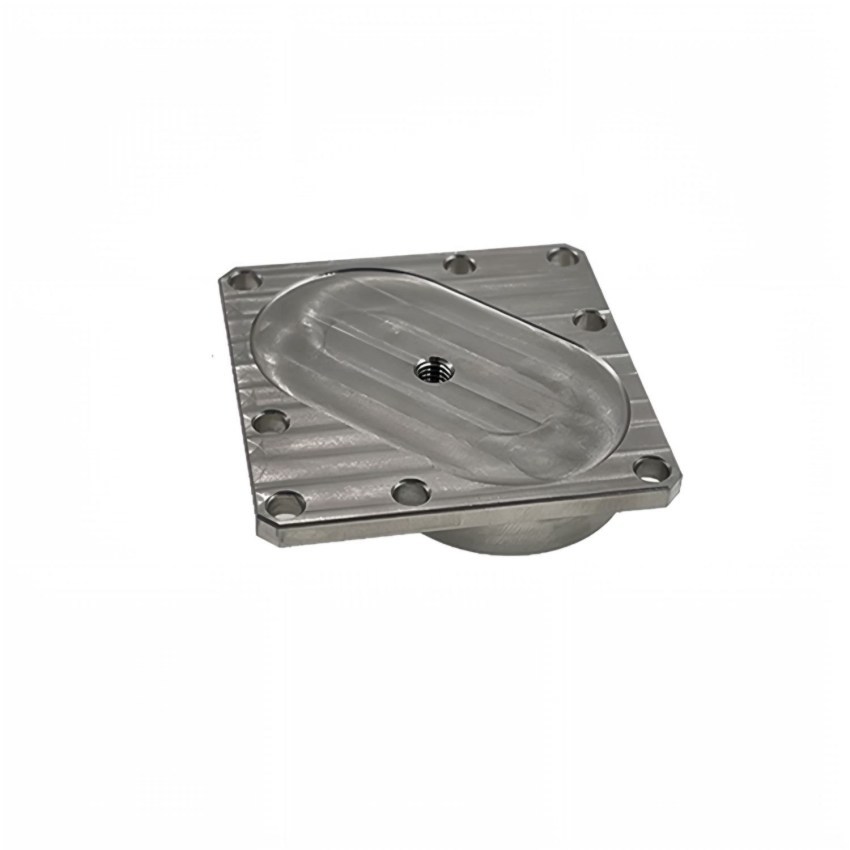Mastering Sheet Metal Cutting: Techniques and Considerations for Precision Manufacturing
Release time:
2025-05-15
Sheet metal cutting is a fundamental process in the manufacturing and mechanical fabrication industry, particularly for those involved in sheet metalworking. This technique is crucial for creating precise components used in a variety of applications, from aerospace to automotive to general metal fabrication. Understanding the intricacies of sheet metal cutting can significantly enhance productivit

Sheet metal cutting is a fundamental process in the manufacturing and mechanical fabrication industry, particularly for those involved in sheet metalworking. This technique is crucial for creating precise components used in a variety of applications, from aerospace to automotive to general metal fabrication. Understanding the intricacies of sheet metal cutting can significantly enhance productivity and the quality of the final product.
The primary methods of sheet metal cutting include shearing, laser cutting, plasma cutting, and water jet cutting. Each technique has its unique advantages and is suitable for various materials and thicknesses.
**1. Shearing:** This mechanical process utilizes a shear force to cut through the sheet metal. Shearing is typically used for straight cuts and is effective for thicker sheets. It is a cost-effective solution for high-volume production, as it allows rapid production rates with minimal waste.
**2. Laser Cutting:** Laser cutting employs a high-powered laser beam to precisely cut the metal. This method is favored for its accuracy and ability to create intricate designs. While it is suitable for various materials, it excels with thin sheets and can produce clean edges that often require minimal finishing.
**3. Plasma Cutting:** This technique uses a high-velocity jet of ionized gas to cut through the metal. Plasma cutting is effective for thicker materials and can achieve good edge quality, although it may require additional finishing work. It's a versatile option for a range of metals and is often used in industrial applications.
**4. Water Jet Cutting:** Water jet cutting uses a high-pressure stream of water mixed with abrasives to cut through metal. This method is advantageous for its ability to cut heat-sensitive materials without altering their properties. It's particularly useful for complex shapes and offers a clean cut without thermal distortion.
When choosing a method for sheet metal cutting, several factors must be considered, including material type, thickness, desired precision, and production volume. Understanding the specific requirements of your project will help in selecting the most appropriate cutting method.
In addition to selecting the right cutting technique, investing in proper tooling and machine maintenance is essential for ensuring consistent quality and efficiency in your cutting operations. Regularly inspecting and maintaining your cutting equipment will prevent breakdowns and extend the lifespan of your tools.
In summary, mastering sheet metal cutting involves understanding the different cutting techniques, their applications, and the production requirements of your projects. By carefully considering these factors, professionals in the manufacturing sector can enhance both efficiency and precision, ultimately leading to higher quality outcomes in their operations.
The primary methods of sheet metal cutting include shearing, laser cutting, plasma cutting, and water jet cutting. Each technique has its unique advantages and is suitable for various materials and thicknesses.
**1. Shearing:** This mechanical process utilizes a shear force to cut through the sheet metal. Shearing is typically used for straight cuts and is effective for thicker sheets. It is a cost-effective solution for high-volume production, as it allows rapid production rates with minimal waste.
**2. Laser Cutting:** Laser cutting employs a high-powered laser beam to precisely cut the metal. This method is favored for its accuracy and ability to create intricate designs. While it is suitable for various materials, it excels with thin sheets and can produce clean edges that often require minimal finishing.
**3. Plasma Cutting:** This technique uses a high-velocity jet of ionized gas to cut through the metal. Plasma cutting is effective for thicker materials and can achieve good edge quality, although it may require additional finishing work. It's a versatile option for a range of metals and is often used in industrial applications.
**4. Water Jet Cutting:** Water jet cutting uses a high-pressure stream of water mixed with abrasives to cut through metal. This method is advantageous for its ability to cut heat-sensitive materials without altering their properties. It's particularly useful for complex shapes and offers a clean cut without thermal distortion.
When choosing a method for sheet metal cutting, several factors must be considered, including material type, thickness, desired precision, and production volume. Understanding the specific requirements of your project will help in selecting the most appropriate cutting method.
In addition to selecting the right cutting technique, investing in proper tooling and machine maintenance is essential for ensuring consistent quality and efficiency in your cutting operations. Regularly inspecting and maintaining your cutting equipment will prevent breakdowns and extend the lifespan of your tools.
In summary, mastering sheet metal cutting involves understanding the different cutting techniques, their applications, and the production requirements of your projects. By carefully considering these factors, professionals in the manufacturing sector can enhance both efficiency and precision, ultimately leading to higher quality outcomes in their operations.
Key words:





